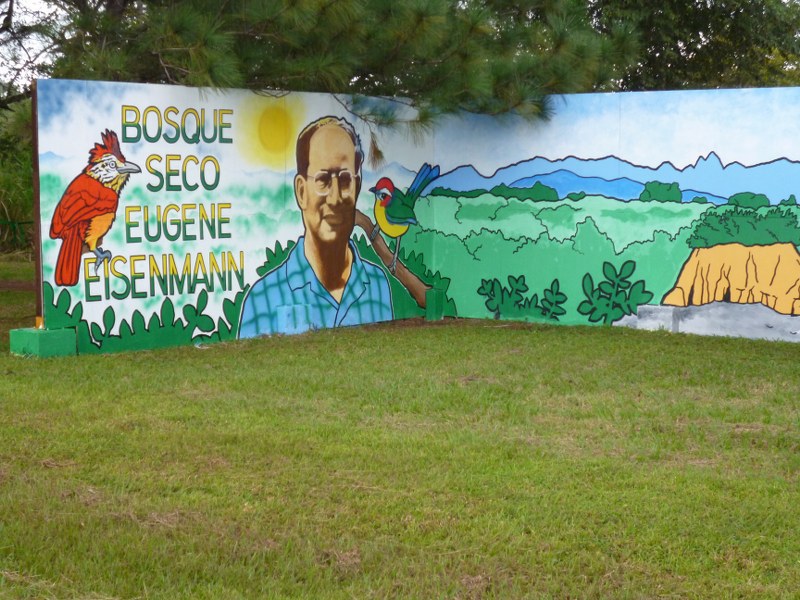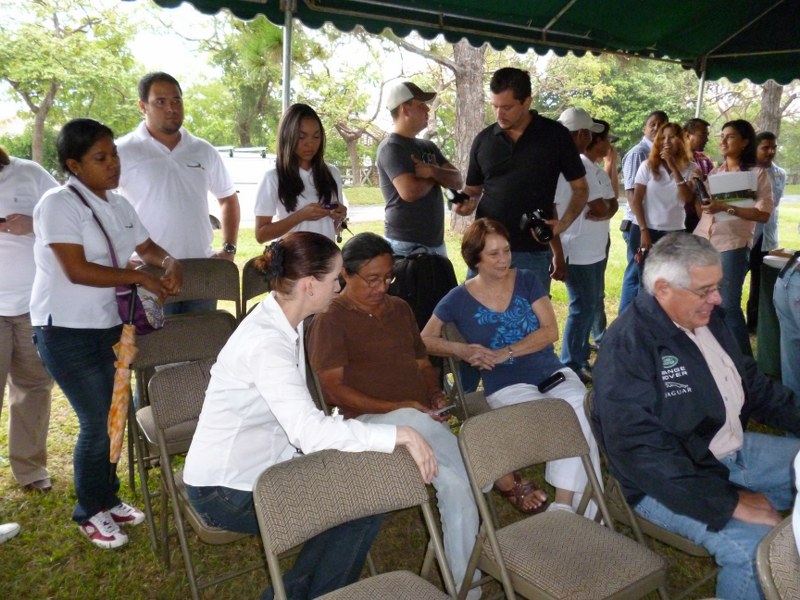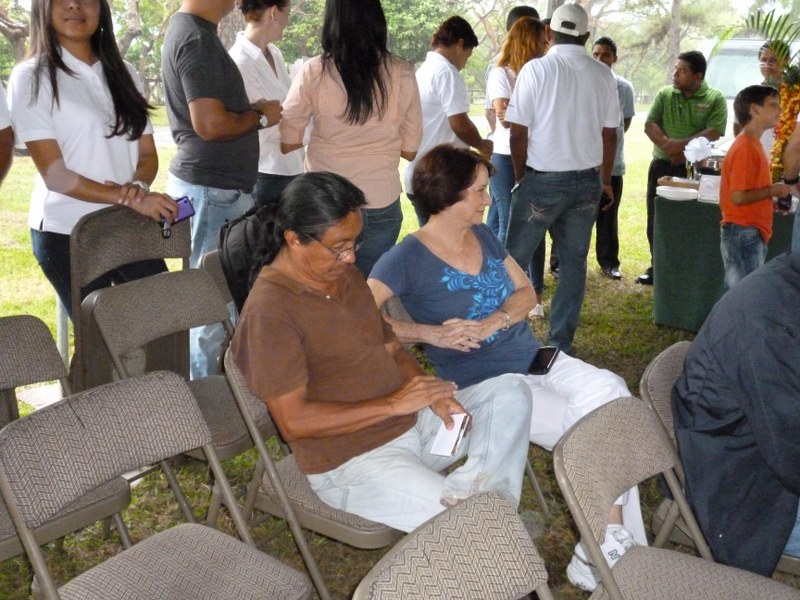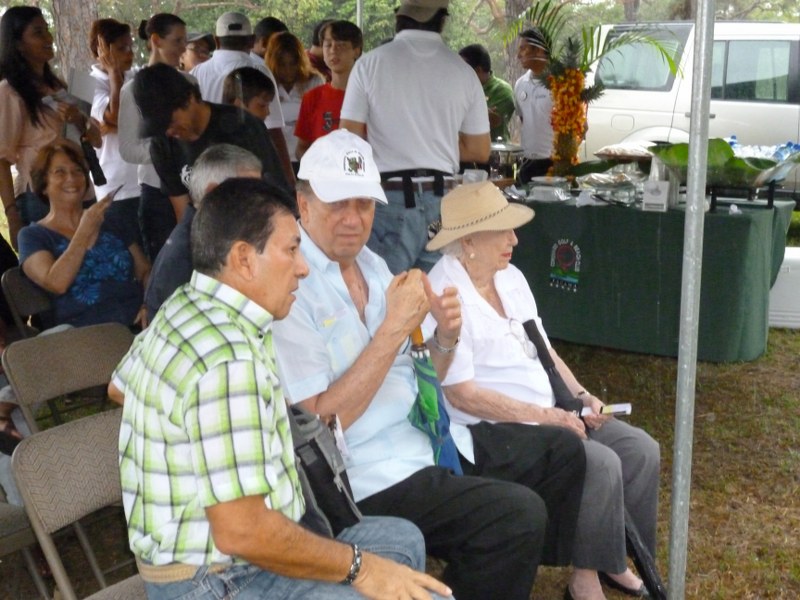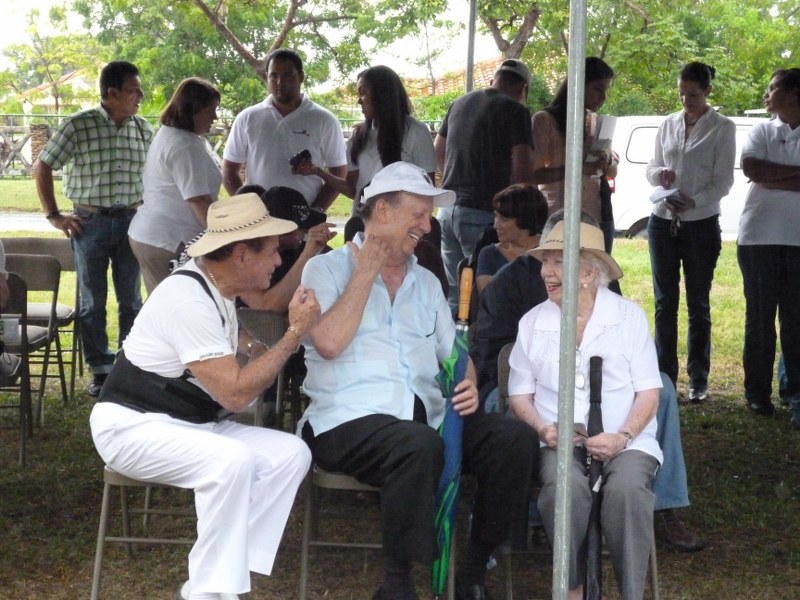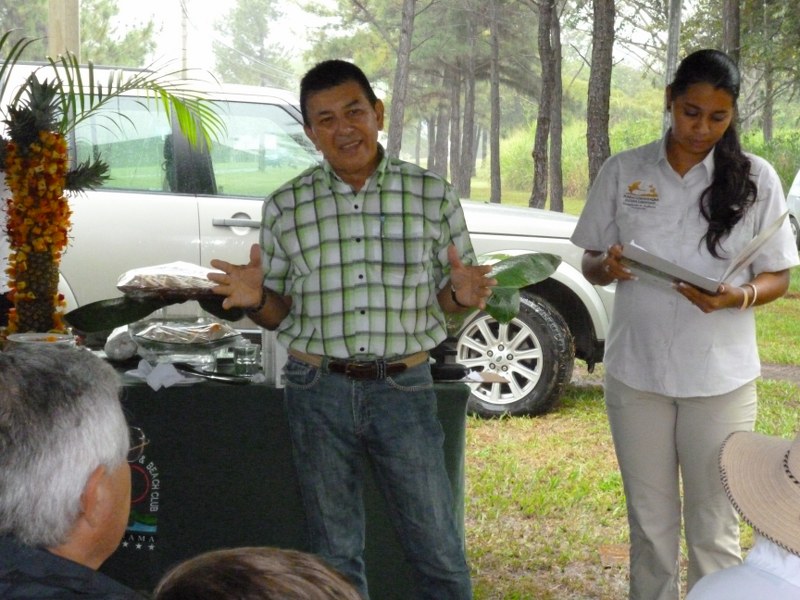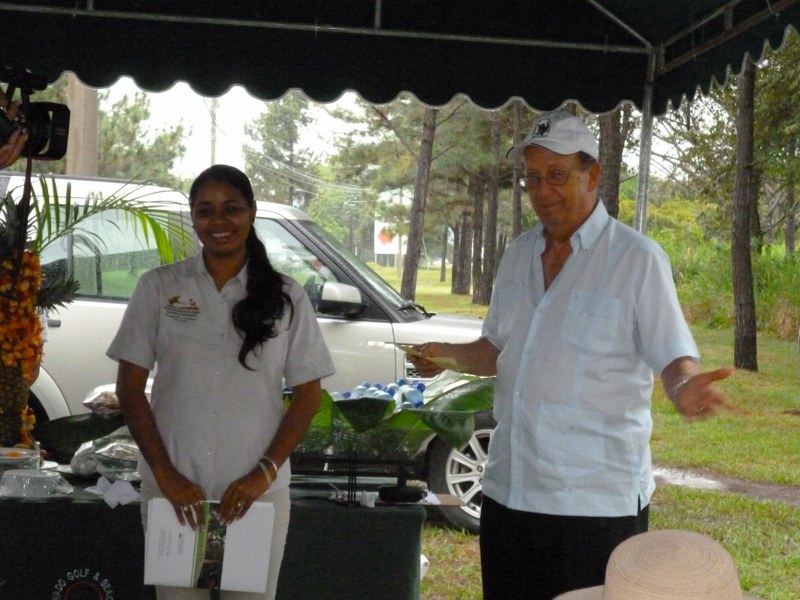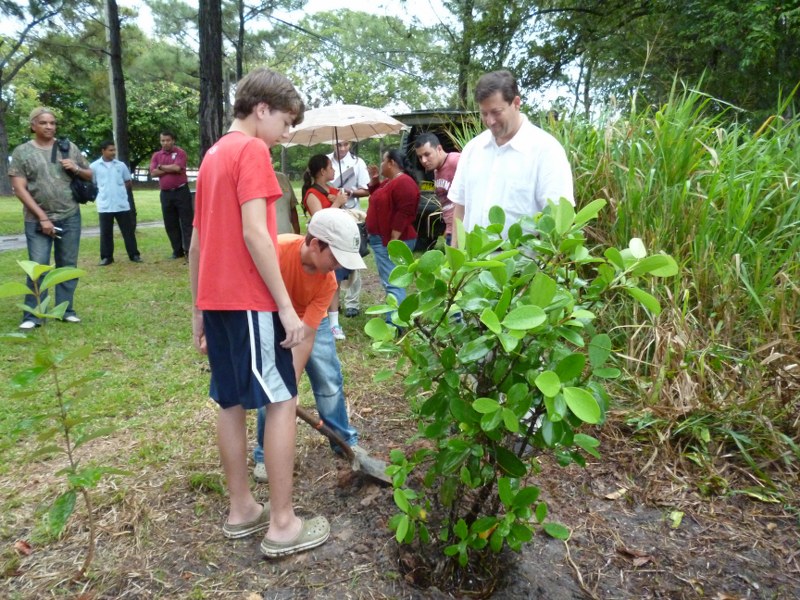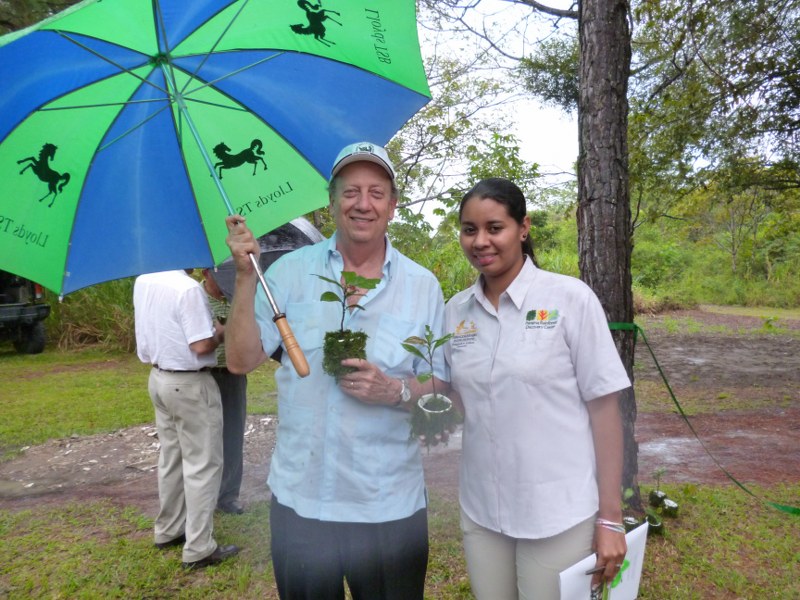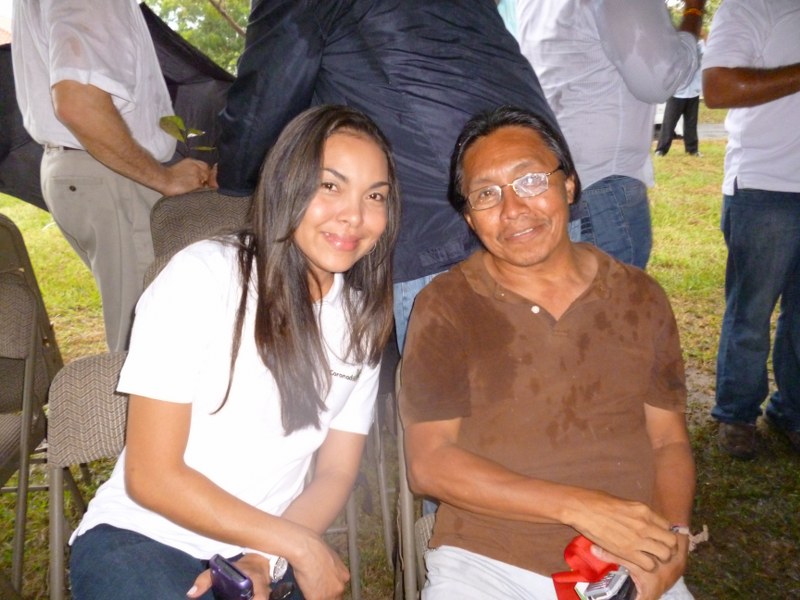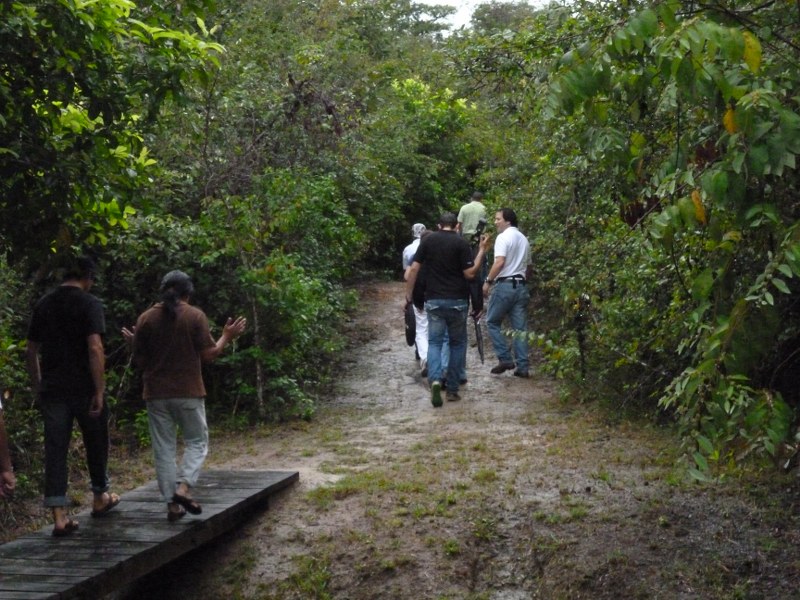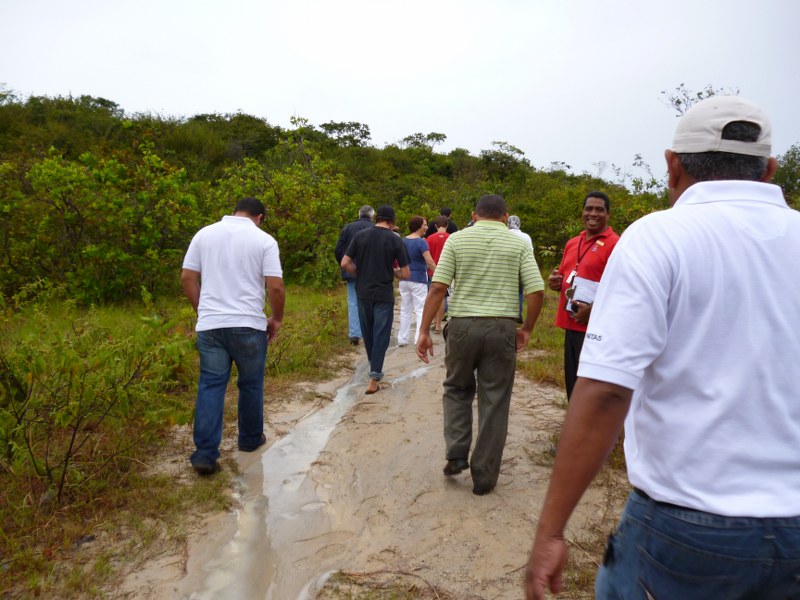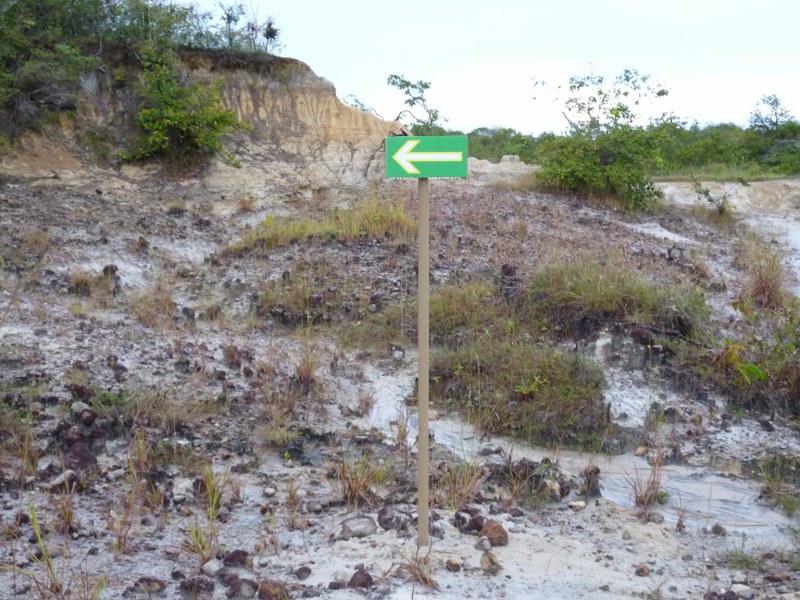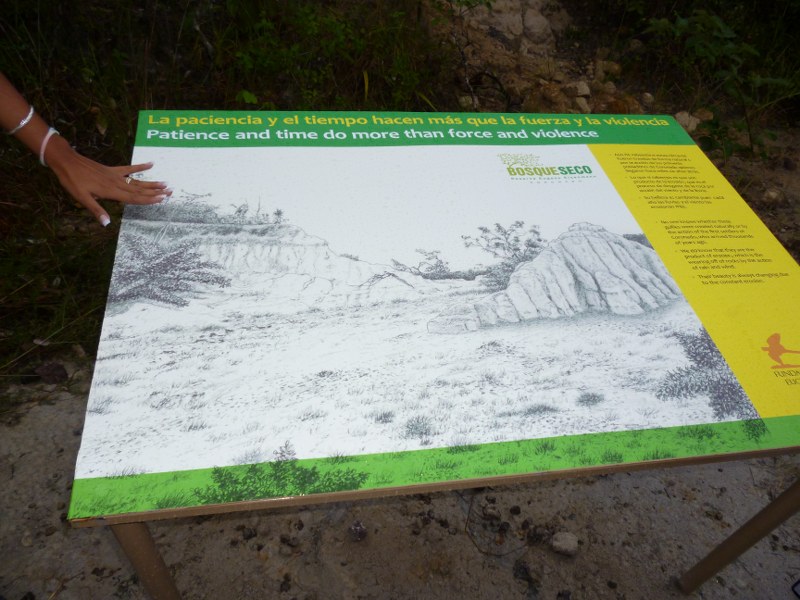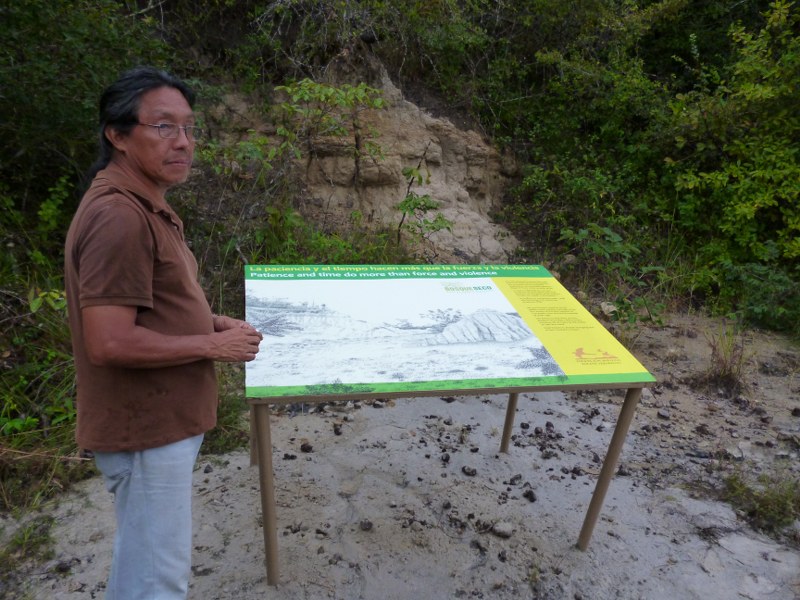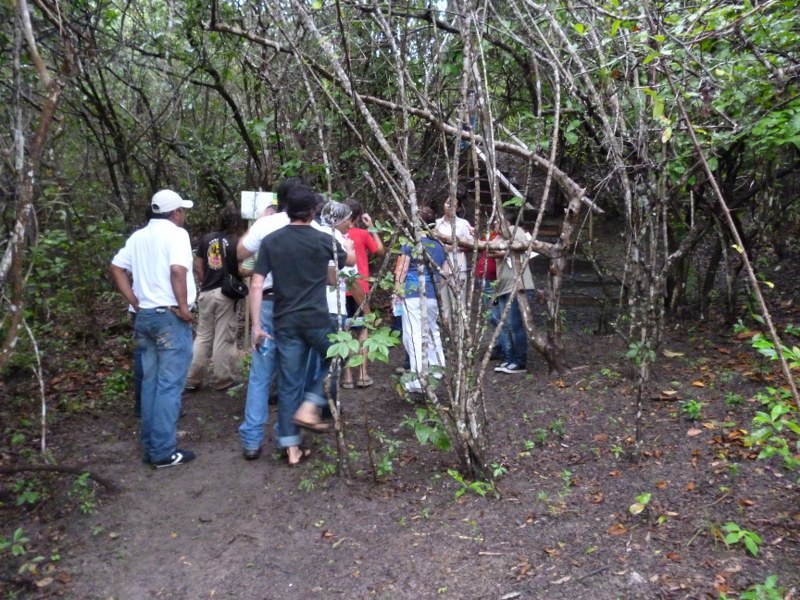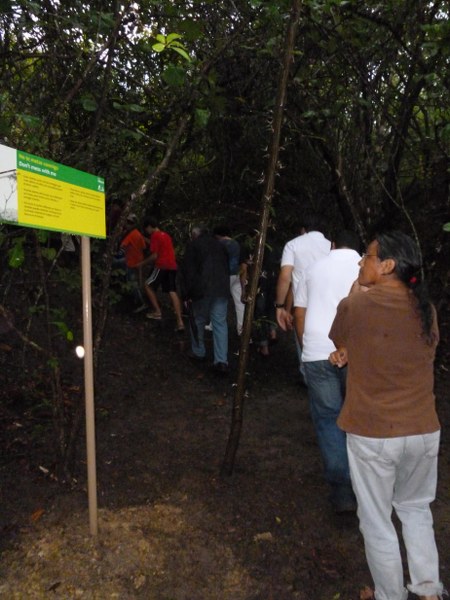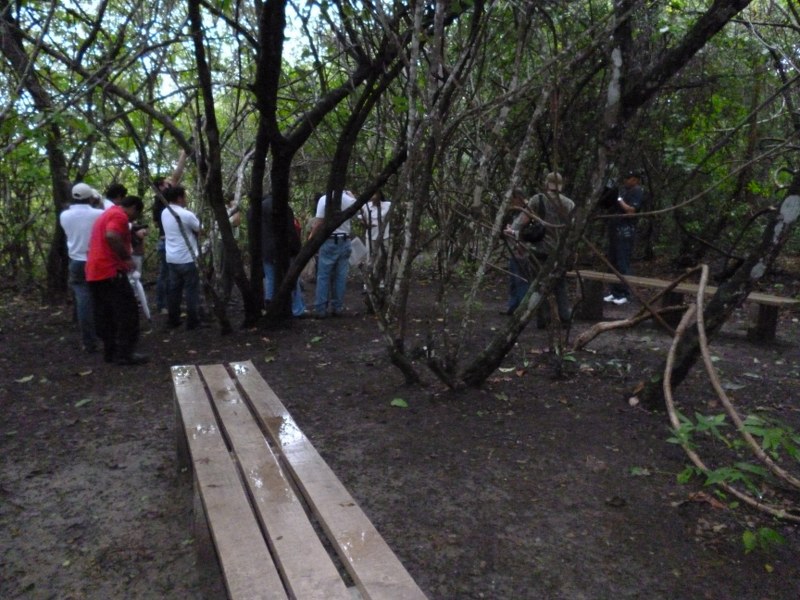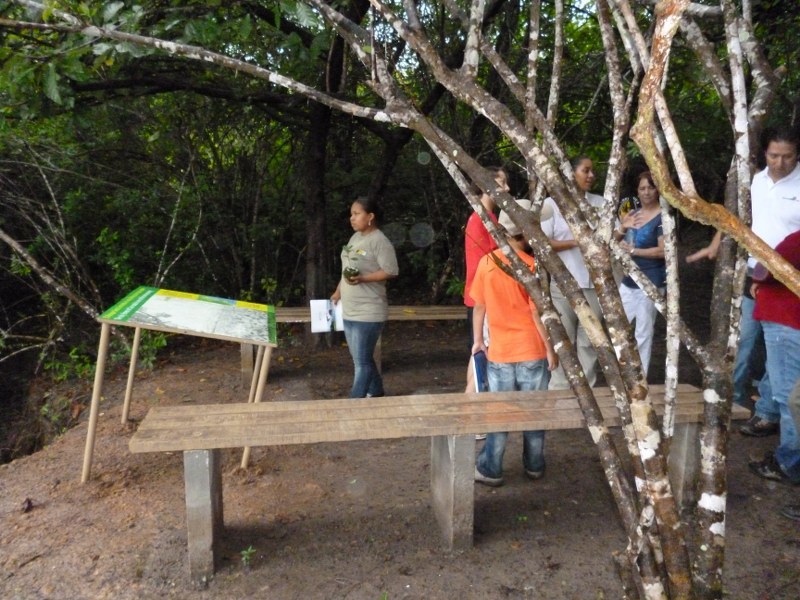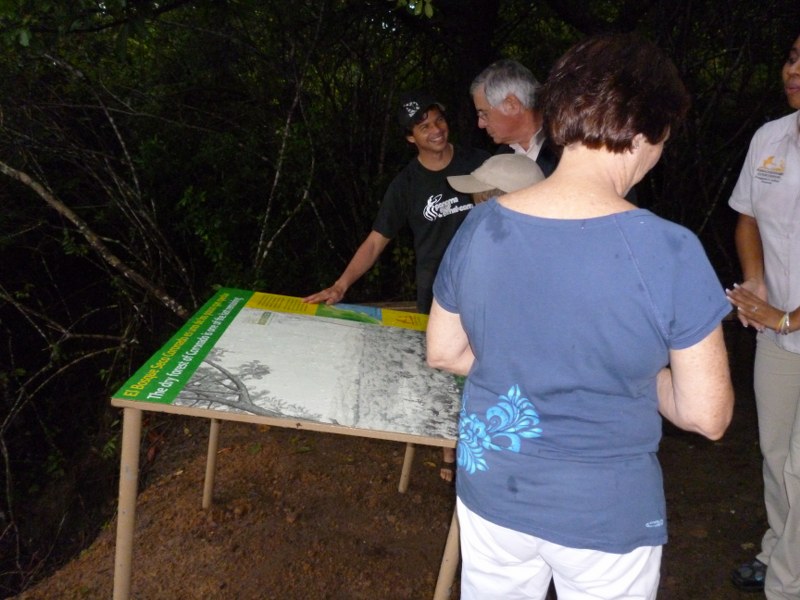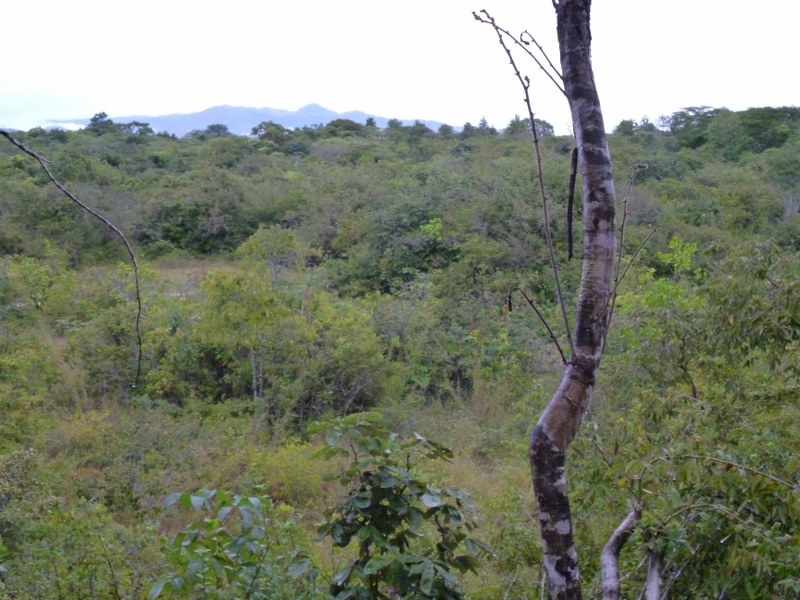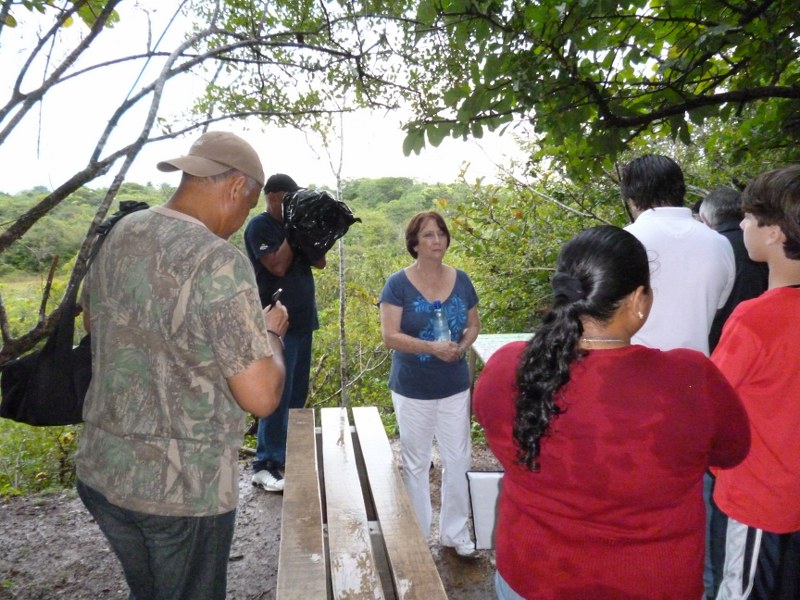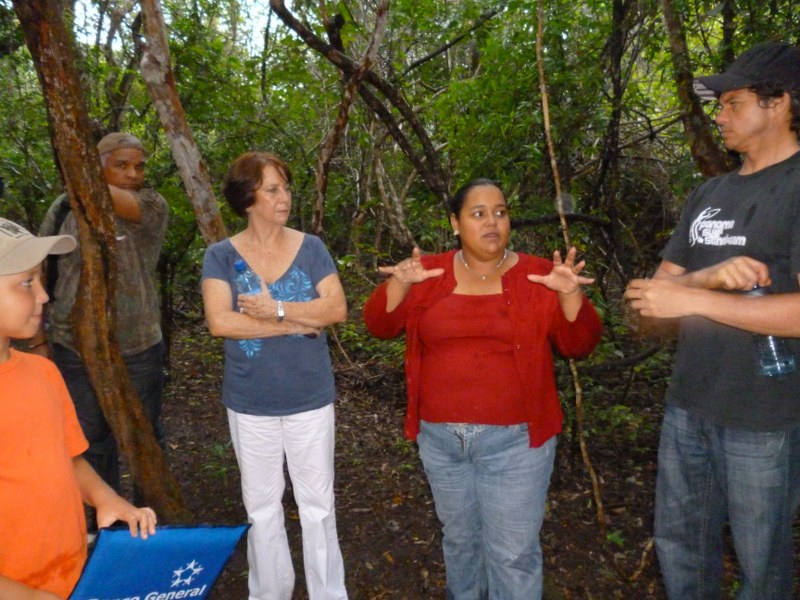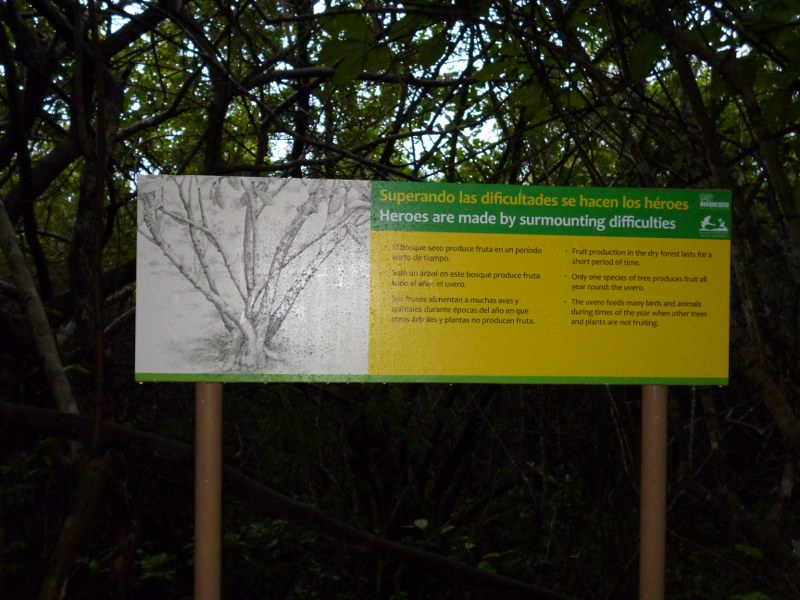Inauguration of Eugene Eisenmann Natural Pathway
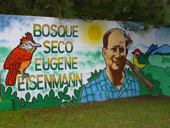
Under a persistent drizzle, the Eugene Eisenmann Natural Pathway in the tropical dry forest of Coronado was inaugurated on November 26, 2011. The event was attended by the Directors of Coronado es Vida and Coronado Hotel, the Eugene Eisenmann Avifauna Foundation, representatives of different media, and special guests. Among those special guests attending was the prominent Kuna artist, Olodwagdi, who was commissioned to paint the mural depicting the dry forest at the entrance to the Eugene Eisenmann Natural Pathway and also to illustrate the different stations along the path. The Natural Pathway is named in honor of Eugene Eisenmann, a renown Panamanian ornithologist. The event began with words from Margelis Barria from the Avifauna Foundation. Following the introduction, Engineer Jaime Quiros Guevara, author of the book ‘Coronado Dry Forest,’ talked about the importance and characteristics of the dry forest. At the end of the presentation, Mr. Roberto Eisenmann II expressed extreme gratitude to Coronado es Vida for maintaining this most interesting ecosystem.
After the ceremony of planting a "Cope" tree, a native species of these forests, and cutting the ribbon, all attendees were invited to walk along the Eugene Eisenmann Natural Pathway. The tour took about an hour, and a biologist from the Avifauna Foundation explained the main characteristic of this unique ecosystem. The Natural Pathway provides stations along the way where visitors can stop to rest and learn more about the dry forest through informative murals and beautiful illustrations by Olodwagdi.
This particular premontane dry forest of approximately 45 hectars dates back to the decade of the seventies. Studies conducted at that time found that only 3% of the country maintained this ecosystem. Shortly thereafter, Coronado’spremontane dry forest was declared a "protected area" on the recommendation of the Municipality of Chame, and that same year a cooperation agreement to preserve the premontane dry forest was signed between Laura Flores of the Smithsonian and Roberto Eisenmann III of Coronado Golf Development.
According to Jaime Quiros Guevara, Coronado’s premontane dry forest is the largest of all the forests of this type that are preserved in the world. All of these dry forests have particular characteristics in common including vegetation of trees that do not exceed 10 feet, a dry season that lasts five to six months, minimum rainfall of eleven hundred millimeters per year, and sandy soils. Also these forests experience the phenomenon known as Föenh, which consists of sudden changes in temperature from more than 30°C during the day up to very cold during the night. The same author states, "This forest is a laboratory for scientists, a place for nature lovers, a space for environmental education, and a commitment to conservation groups. For the tourists, it is a wonderful opportunity to add to their culture the experience of this unique ecosystem."
Among the inhabitants of this forest we can find the paisana o chachalaca (Ortalis cinereiceps), a variety of butterflies, frigatebirds and much more. There are also many migratory birds that rely on this forest for food.
Currently an inventory of existing birds is being created to be used as a guide for amateurs and ornithologists. Additionally, there will soon be a system for guided tours through Coronado’s Dry Forest Natural Pathway.
The entrance to the Natural Pathway is behind the Coronado Homeowners’ Association office next to the new mural by Olodwagdi.

